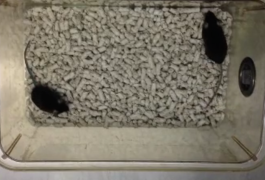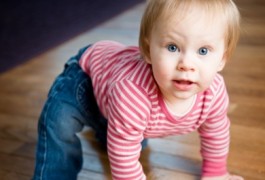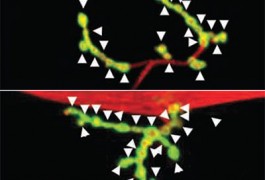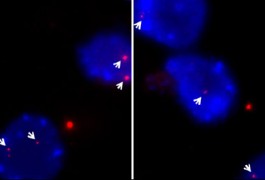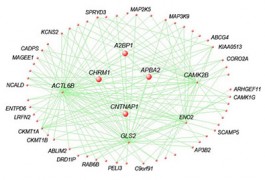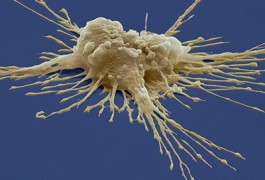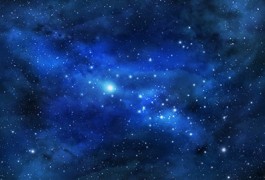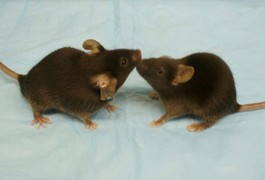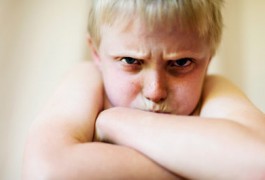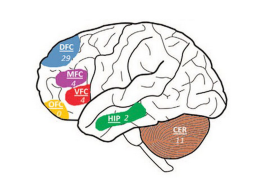Gene therapy reverses Rett syndrome symptoms in mice
A virus that ferries healthy copies of the Rett syndrome gene across the blood-brain barrier can reverse symptoms in female mice that model the disorder, according to a report published 21 August in the Journal of Neuroscience. The approach is the closest yet to simulating a workable treatment for the autism-related disorder.
